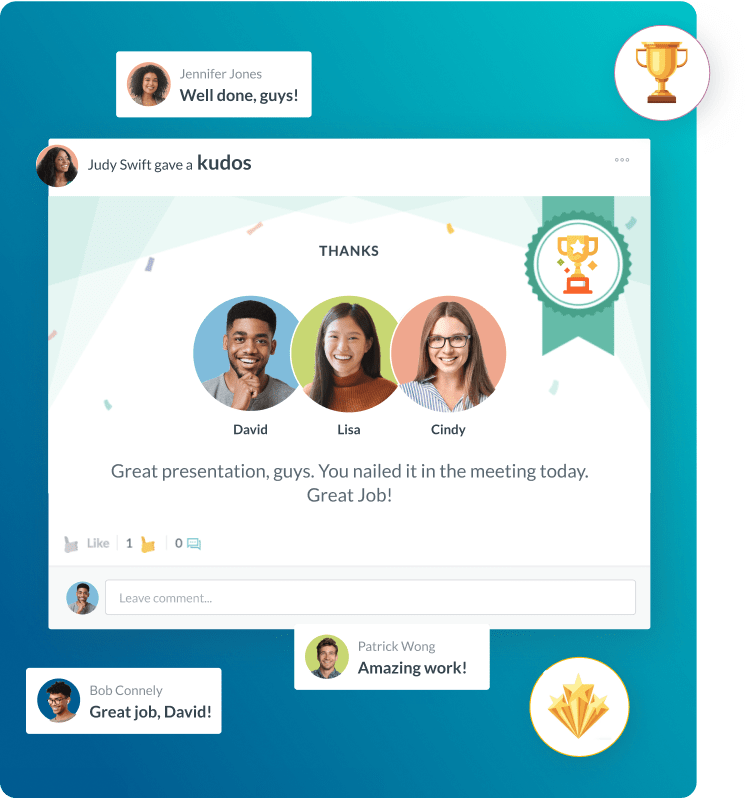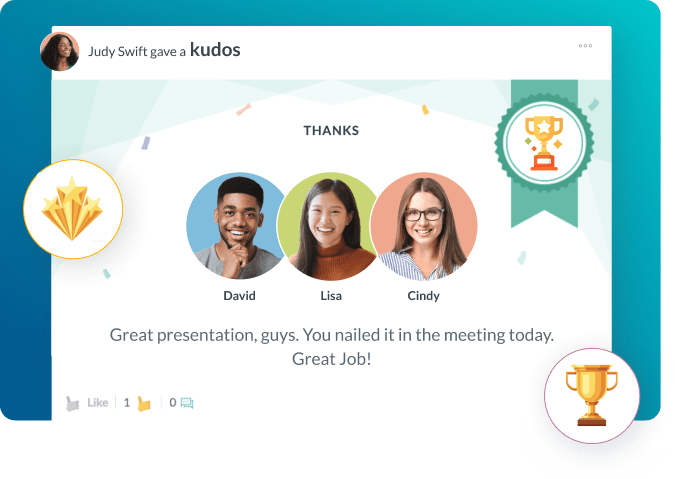Smarter shift planning. Easier employee scheduling.
Automate shift creation with built-in smart rules, real-time alerts, and conflict detection. Scale with ease using bulk actions to plan, assign, copy, publish, or unassign shifts in one click.
Book Your Free Demo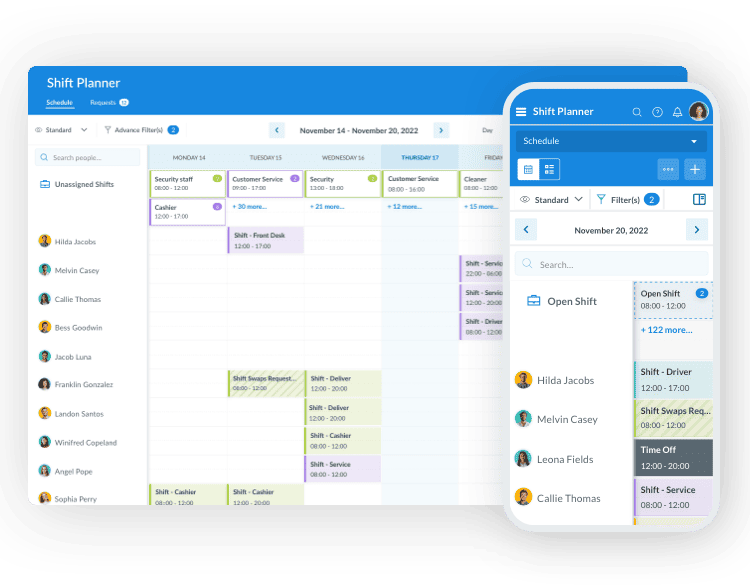
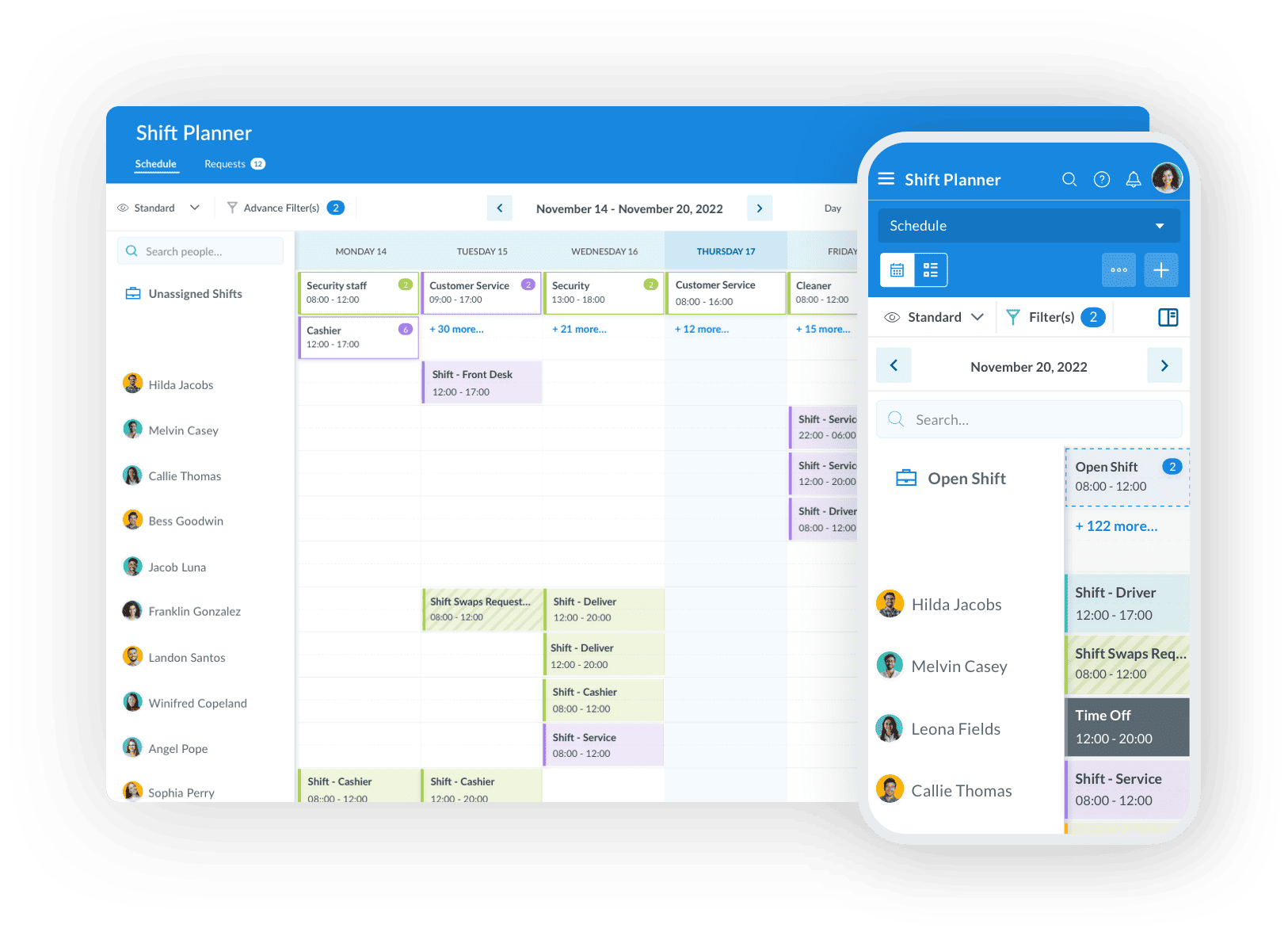
Trusted by industry leaders in every sector

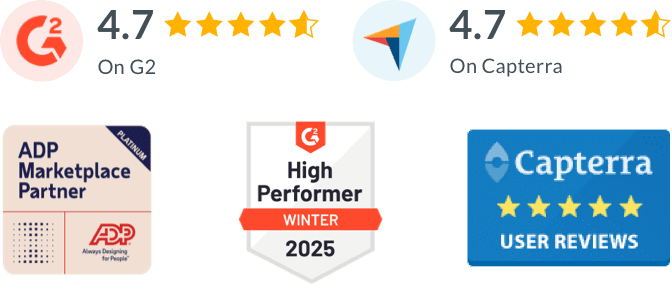
Built for smarter, safer, and more scalable scheduling
Gain the clarity to plan ahead, tools to move faster, and flexibility to put people first. Build smarter conflict-free schedules that support both your operations without wasting time and resources.
Avoid expensive mistakes before they happen
Scheduling conflicts cause confusion and cost you time, overtime pay, and lost productivity. Shift Planner gives you full visibility into skills and availability before you assign a shift. Smart alerts flag issues early, so you can stay compliant and avoid costly errors.
Book Your Free Demo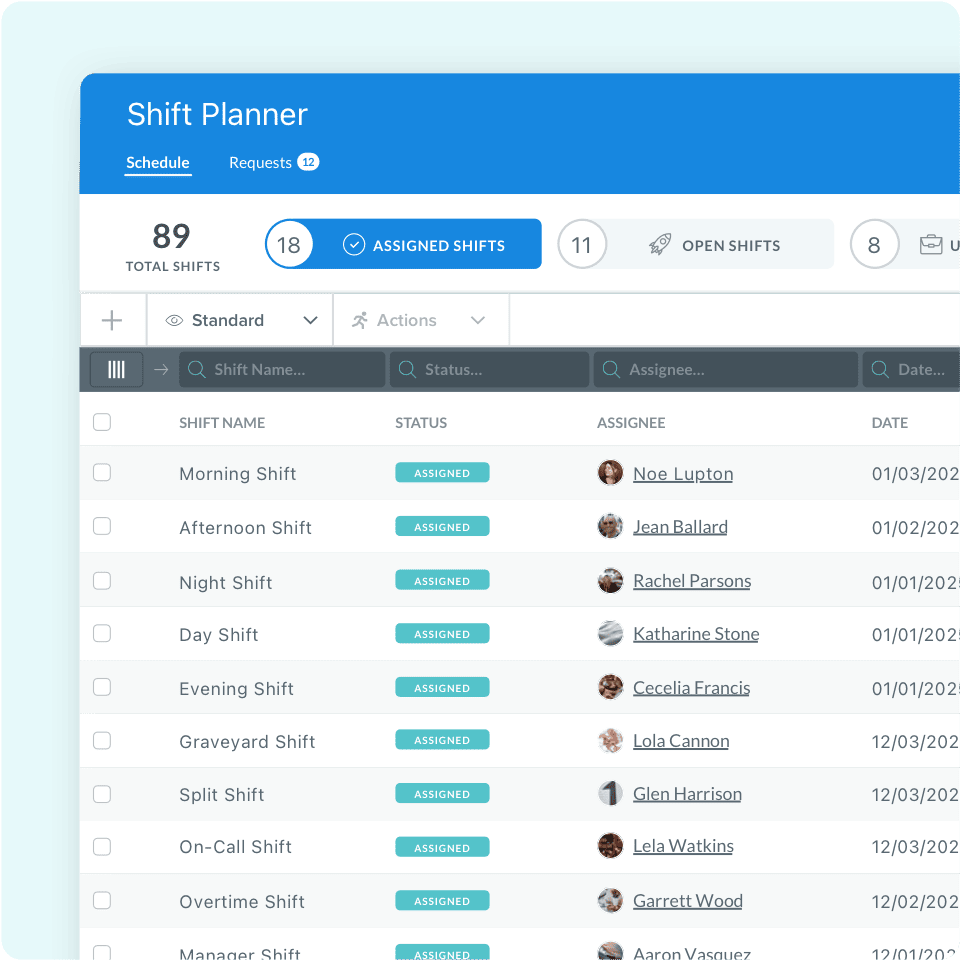
Everyone gets scheduling updates right away
Employees can check their schedules, confirm assignments, and get notified about changes in real time. And they don’t even need to log into a laptop. Their smartphones are enough. No missed shifts. No crossed wires. Just clear communication in real time.
Book Your Free Demo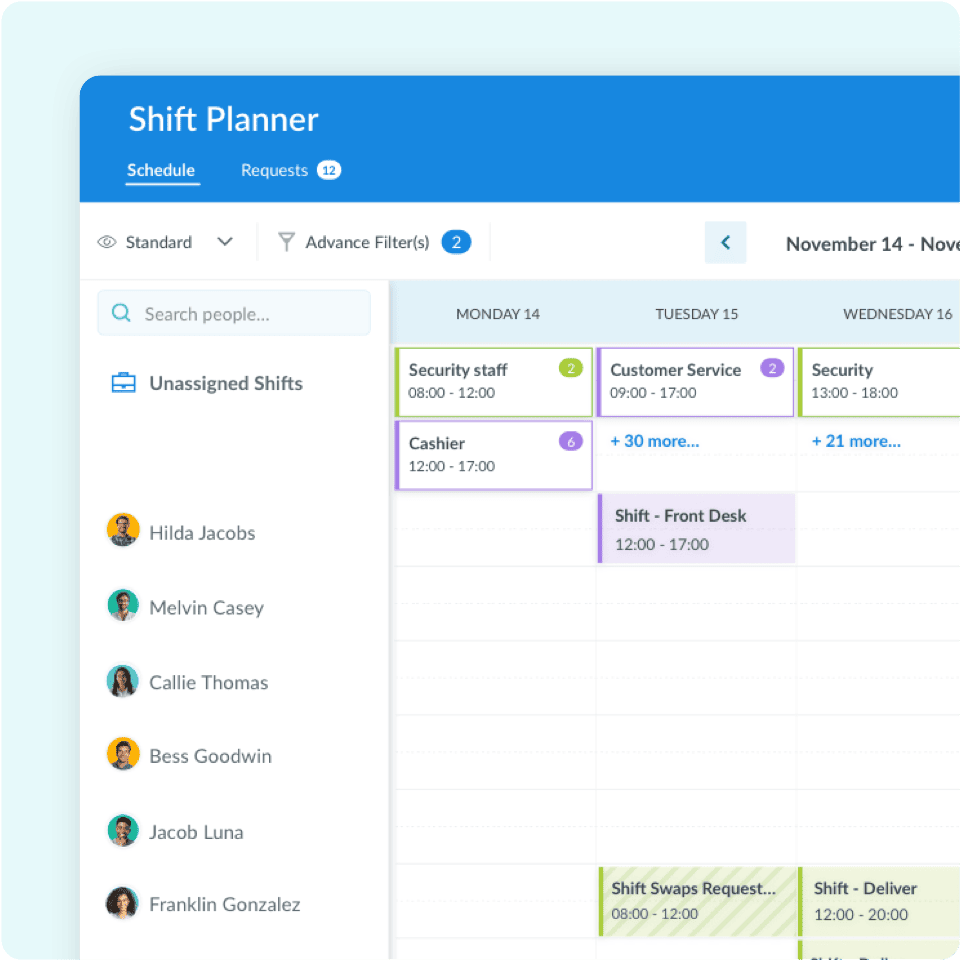
Stay agile when plans change
Situations change rapidly. People call in sick. Projects get reshuffled. Shift Planner gives you tools to reassign, notify, and adapt without losing time. So you stay in control, not in crisis mode.
Book Your Free Demo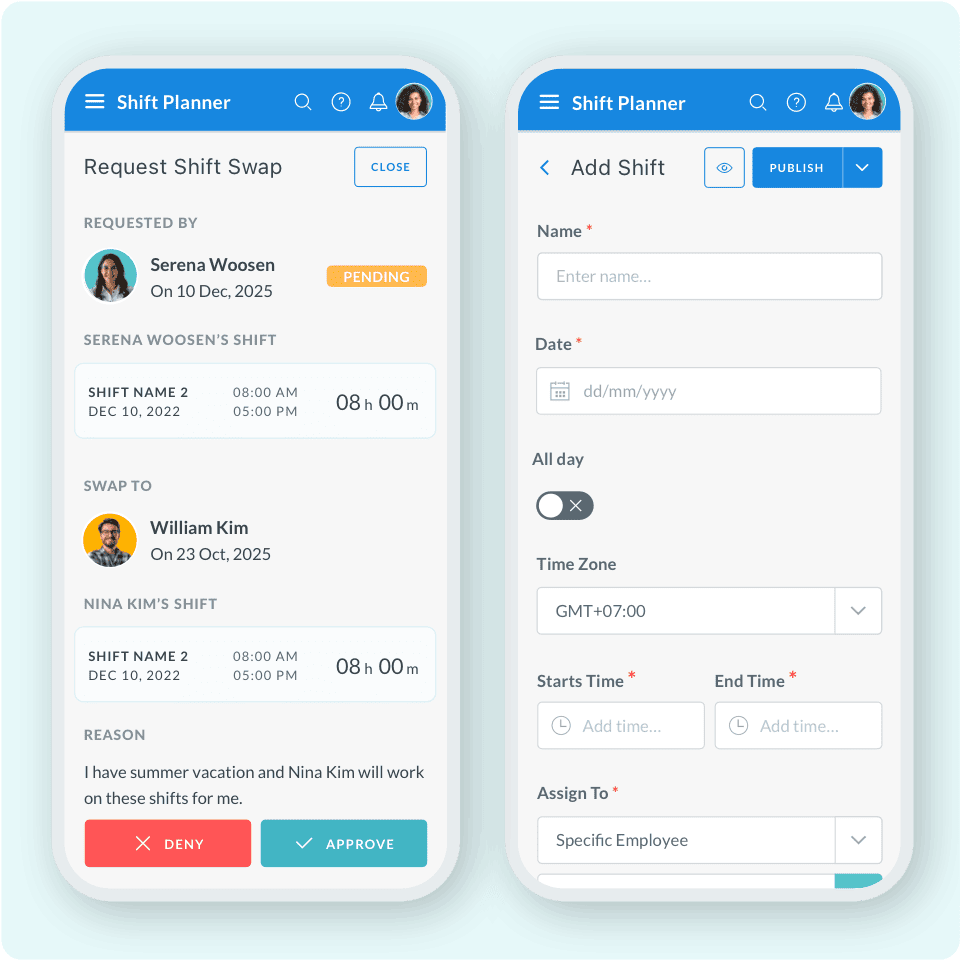
Measurable results that matter
Join thousands of businesses that have transformed their operations with HR Cloud's Shift Planner.
Looking for more information about HR Cloud?
See how our complete line of HR solutions are transforming HR processes and freeing your employees to be their best.
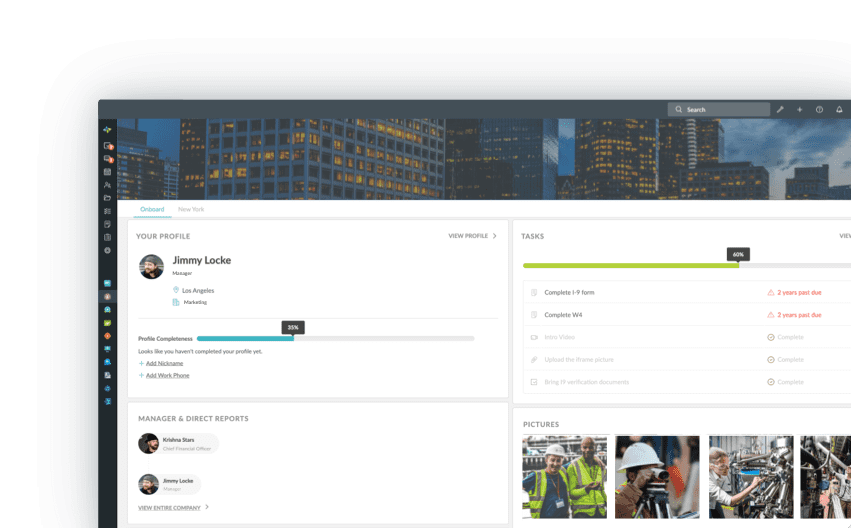
 Onboard
Onboard
Automated Onboarding Software that
Works for You
Save time, improve productivity, and create an onboarding experience new employees won’t forget.
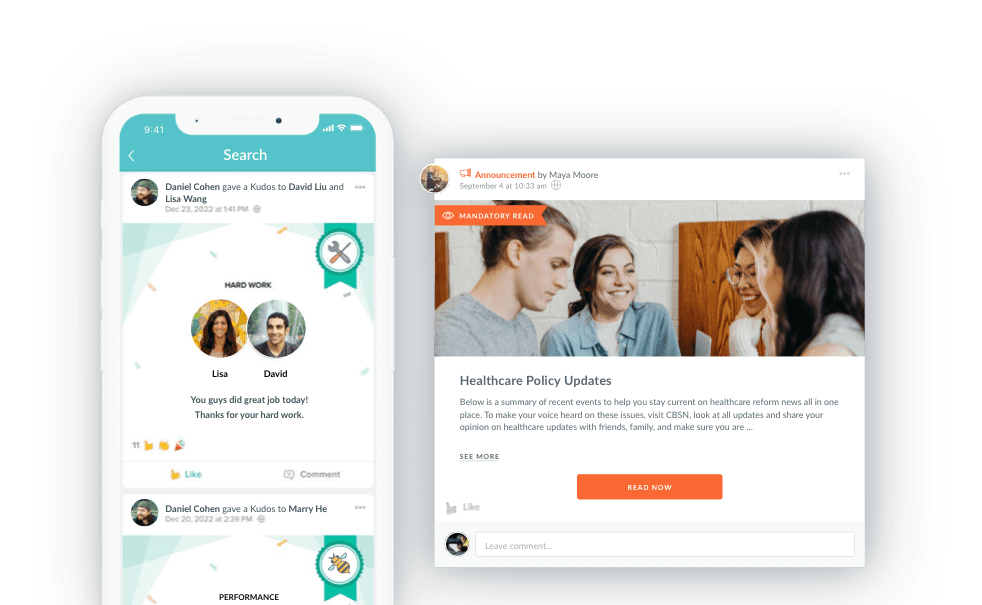
The All-In-One Platform for Employee Engagement, Communication & Recognition
Workmates powers engagement, recognition, and communication. Connect deskless, remote, and hybrid teams in a single tool.
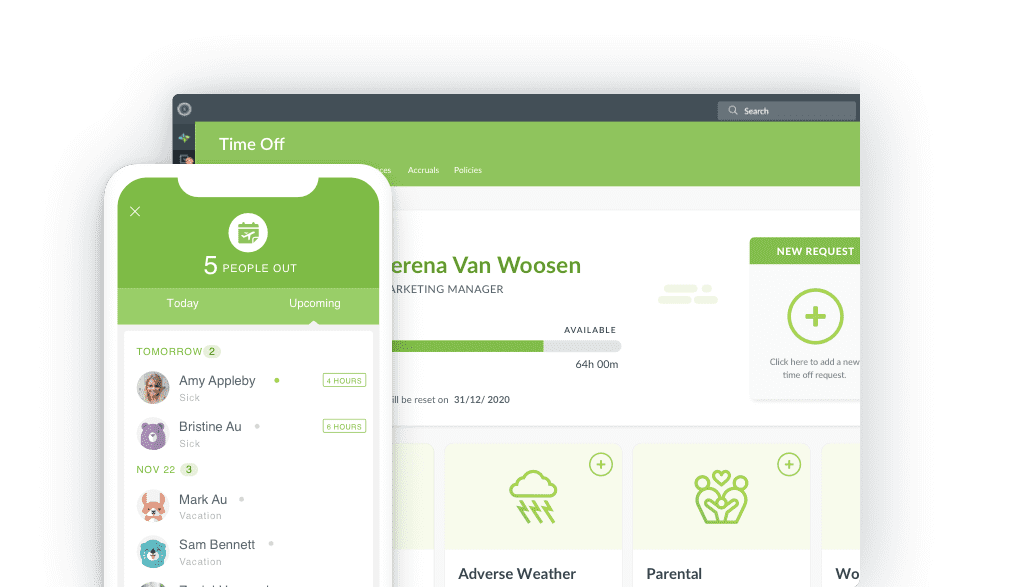
Easily Manage and Track All PTO, Vacation, and Leave Requests from One System
From calendar integrations to automatic notifications—and everything in between—HR Cloud® takes care of time-off for you.
Frequently asked questions
Employee scheduling is the process of planning and assigning work shifts to employees based on availability, business needs, and compliance requirements. It ensures the right coverage at the right time to maintain productivity and service levels.
An example of employee scheduling is creating weekly shifts for retail staff based on store hours, availability, and peak traffic. Managers assign morning, afternoon, or night shifts using a scheduling tool or workforce management system.
The best way to schedule employees is to use automated shift planning software that considers availability, skills, labor laws, and time-off requests. This reduces errors, improves transparency, and helps maintain balanced workloads.
Staff scheduling involves forecasting demand, defining shift structures, collecting employee availability, creating schedules, and publishing them in advance. Effective scheduling also includes tracking attendance, handling changes, and maintaining compliance with labor regulations.
The five key steps of scheduling are:
- 1. Assess staffing needs
- 2. Collect employee availability
- 3. Build the schedule
- 4. Review for conflicts or gaps
- 5. Publish and communicate the schedule
A shift planner is responsible for organizing employee work schedules. This includes assigning shifts, ensuring coverage, minimizing conflicts, and adapting to last-minute changes—all while staying compliant with labor laws and company policies.
To create a shift plan, define coverage needs, collect employee availability, assign shifts based on role and skill, and use scheduling software to optimize and publish the plan. Don’t forget to include buffers for emergencies.
A 4-3-3-4 shift schedule is a rotating work pattern where employees work 4 days, have 3 off, then work 3 days, and get 4 off. It's common in 24/7 operations like healthcare and manufacturing.
Shift planning is the process of assigning employees to specific shifts or hours to ensure operational coverage. It includes managing time-off, availability, labor laws, and optimizing staff utilization to reduce costs and improve efficiency.
A 5-2 work roster is a common schedule where employees work five consecutive days followed by two days off. It typically aligns with Monday–Friday workweeks, making it standard in many full-time jobs.
Ready to Eliminate Scheduling Chaos and Reclaim Your Time?
Book a free demo to discover how smart scheduling, real-time alerts, and mobile tools can help you save hours each week—and keep every shift covered with confidence.
Start optimizing shifts in under 7 days


















